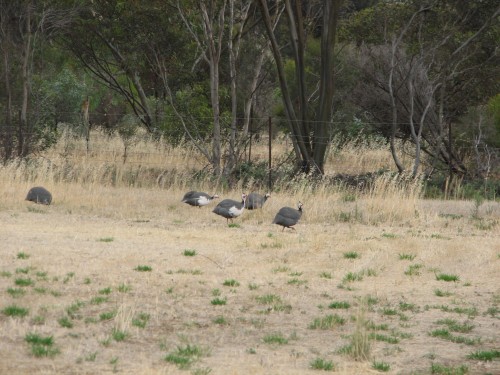January 26th is celebrated as Australia Day. This day commemorates the landing of the first European settlers in Australia. This event occurred at Sydney Cove on this day in 1788.
Australians celebrate this special day in many ways. Many people new to our country become naturalized Australians in moving ceremonies in many places. Other people attend family gatherings or get together with their friends. Some people go to the beach, others have a picnic or barbecue, and many people attend major sporting events.
I’m having a quiet day at home. I’ll do a little reading, watch the cricket and tennis on television and go for a swim in my swimming pool. Normally I’d go out and do some birding, but it’s reather hot today. Instead I’ll share some bird photos with you.








